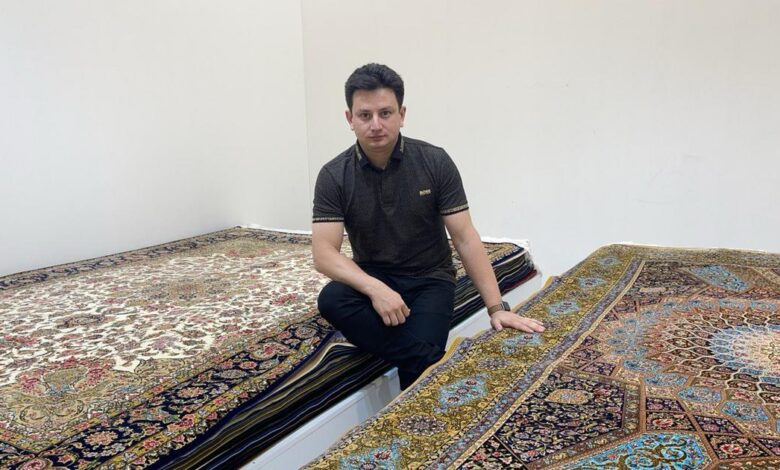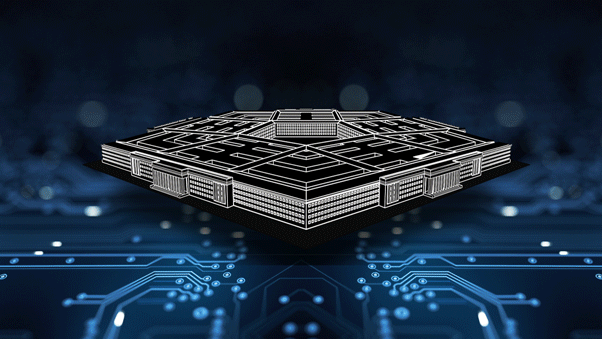The artificial intelligence boom is real: why are more and more companies incorporating it into their operations?

Said Khakimov, Director of Production, Marketing, and Sales at SAG, discussed how such solutions are implemented and their effects. Thanks to him, the company launched the first taffeta carpets and artificial turf production in Uzbekistan several years ago. Now, he supervises the development of the enterprise and innovative projects that increase its efficiency.
Said, how long have you been using artificial intelligence in production, and why did you decide to adopt it?
Like many other companies, we started this work several years ago. New technologies were developed during this time, and interesting software products appeared on the market.
AI-based solutions are opportunities to increase our efficiency. The production of tufting carpets and artificial turf alone produces more than 12,000,000 square meters of carpeting annually. It employs 150 people: to cope with the volume of orders, we work three shifts and are starting to automate some processes. The entire SAG Corporation employs 10,000 people, and every day, these people solve many tasks that can also be automated with AI.
Can you give examples of how artificial intelligence is used in your manufacturing facility?
First, we automated the process of submitting orders for production and shipment of goods. The system analyzes all orders received from customers, assesses their frequency of orders, and determines the availability of products in stock. Based on this, the system suggests the best order for placing orders for production and shipment to the customer.
We have often found that every customer asks for their order to be placed first, and the sales staff loyal to these customers try to push this decision through. Implementing AI helped us to improve customer service and eliminate the human factor.
Another example is directly related to carpet design. Machine learning algorithms identify current trends and customer preferences based on global market sales data. This helps us determine carpets’ best colour schemes and patterns to increase appeal and sales.
Can neural networks be fully trusted to design carpets now?
It isn’t possible yet. Neural networks can generate unique designs quite quickly, but they don’t have the same sense of taste and creativity as humans.
To create a carpet design that meets expectations and production specifications, you must provide the neural network with detailed instructions. Often, its solutions require corrections and refinements. Quality control of the work and training of the neural network are not yet possible without humans.
Is it difficult to organize the process of implementing AI-based solutions in the enterprise?
Organizing this process is not an easy task that requires careful planning. It can be broken down into several steps.
First, you need to assess your needs – select the areas where the use of AI-based solutions will bring maximum benefit to the enterprise. For example, this could be raw material inventory, improving design processes, quality control issues. The next step is to select the right solution for specific tasks. These can be machine learning systems, analytical tools, robotic systems for automating monotonous operations.
Before implementation, you should conduct staff training and explain to employees the principles of working with such solutions. They should understand why this technology is being implemented and how to interact with it. An AI-based solution should be tested on a pilot site or tried to solve individual tasks. Only after evaluating the effectiveness in a test format can you proceed to implementation.
It is important to maintain focus of this process – it is necessary to constantly monitor the work of robots and neural networks, update the software promptly and strive for improvement.
Do you plan to continue implementing AI-based solutions?
Of course. Neural networks can solve tasks related not only to the organization of production and product creation but also to helping a company enter a new market. As CEO of Uzbrugs, I have been bringing SAG carpets to the US market for the last few years. We have already opened stores in several states, particularly Philadelphia, New York and Ohio.
At the moment, I am massively expanding my customer pool in the B2B sector. To analyze information more efficiently, I am using neural networks. They help me find potential customers, analyze their imports, and assess the prospects for our possible cooperation.
When do you think AI will completely replace physical employees in enterprises?
I think it will not happen in the next few decades, although it is a hot topic given that many countries are now facing a labour shortage.
There are already robotic solutions in the textile industry, which make it possible to automate sewing, cutting, and assembly of various products – for example, clothing and accessories. How this direction will develop further, and whether robots will appear that will be able to replace a person at the machine in a carpet factory, will depend on many factors – from technological progress to the economic feasibility of such solutions.
It is unlikely that artificial intelligence will be entirely entrusted with creating drawings, layouts, and product designs, as creativity, individual ability, quality, and attention to detail are essential in textile production and are beyond the capabilities of neural networks.
However, given that AI-based solutions can improve company efficiency, they will be adopted more aggressively in the coming years. This will probably lead to the release of a certain number of employees. However, at the same time, there will be a growing demand for specialists who know how to create and use artificial intelligence for different purposes, such as automating warehouse operations.



